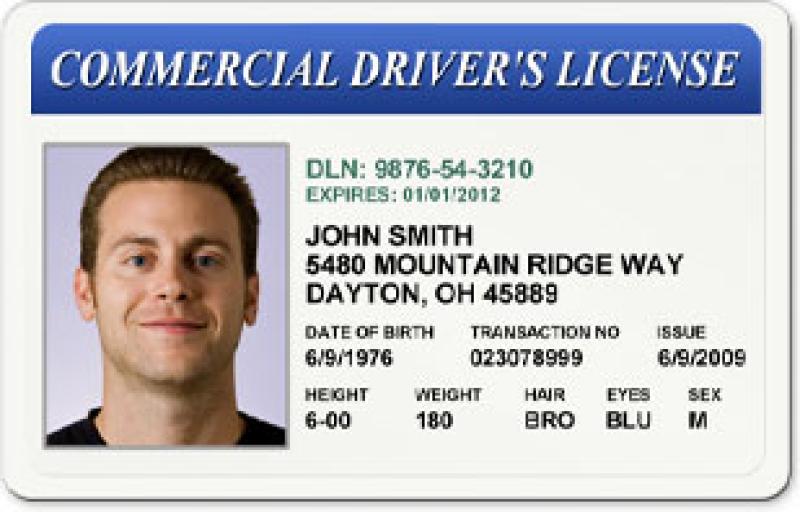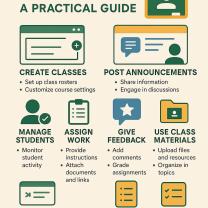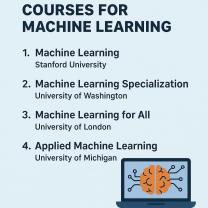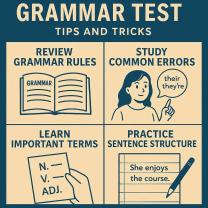How long does CDL training take?
The duration of Commercial Driver's License (CDL) training can vary based on several factors, including the type of CDL program, the school or training provider, and the specific requirements of the state or country where the training is conducted. CDL training is designed to equip individuals with the skills and knowledge needed to safely operate commercial vehicles.
Here are some general guidelines regarding the duration of CDL training:
Full-Time Training Programs:
- Full-time CDL training programs, often offered by truck driving schools or vocational training centers, can range from several weeks to a few months. The exact duration depends on the intensity and structure of the program.
Part-Time or Evening Programs:
- Some CDL training programs offer part-time or evening classes to accommodate individuals who may have other commitments during the day. Part-time programs may have a longer duration compared to full-time programs.
Company-Sponsored Training Programs:
- Some trucking companies offer company-sponsored CDL training programs. These programs typically involve a combination of classroom instruction, behind-the-wheel training, and on-the-road experience. The duration of company-sponsored programs can vary, but they are often designed to efficiently prepare individuals for entry-level truck driving roles.
Accelerated or Intensive Programs:
- Accelerated CDL training programs are designed to provide comprehensive training in a shorter time frame. These programs may involve longer hours of instruction and practice each day, allowing students to complete their training more quickly.
State-Specific Requirements:
- The specific requirements for obtaining a CDL vary by state or country. Some states may have minimum training hour requirements for CDL programs. It's important to check with the relevant licensing authority in your area to understand the specific training requirements.
Individual Progress:
- The pace at which individuals progress through CDL training can vary. Factors such as prior driving experience, the ability to grasp concepts quickly, and individual aptitude can influence how long it takes for someone to complete their training.
Endorsements and Specialized Training:
- CDL training programs may include additional training for specific endorsements or specialized skills, such as hazardous materials (HazMat) endorsement or tanker vehicle endorsement. The inclusion of such training can affect the overall duration of the program.
Regulatory Requirements:
- Some regions may have regulatory requirements specifying a minimum number of training hours or days for CDL programs. Compliance with these requirements may impact the duration of the training.
It's important for individuals interested in obtaining a CDL to research and select a reputable CDL training program that meets their needs and complies with local regulations. Additionally, individuals should consider the quality of both classroom and practical training to ensure they are well-prepared for the challenges of commercial driving.
Duration and Structure of CDL Training Programs:
The duration and structure of CDL training programs can vary depending on several factors, including:
- Type of CDL license: Class A CDL programs tend to be longer than Class B and C programs.
- Program format: Full-time programs progress faster than part-time or evening programs.
- School curriculum and teaching style: Different schools may have slightly different pacing and structures.
General estimates:
- Class A CDL: Typically 4-6 weeks full-time or 6-12 months part-time.
- Class B CDL: Usually 2-4 weeks full-time or 3-6 months part-time.
- Class C CDL: Often 1-2 weeks full-time or 2-4 months part-time.
Structure:
CDL training programs typically involve both classroom instruction and behind-the-wheel training. The classroom portion covers:
- Federal Motor Carrier Safety Regulations (FMCSR): Traffic laws, safety procedures, and vehicle maintenance.
- Pre-trip inspections: Checking all vital components of a truck before driving.
- Basic maneuvering skills: Backing, turning, and parking large vehicles.
- General trucking knowledge: Cargo securement, trip planning, and emergency procedures.
The behind-the-wheel training focuses on practical driving skills, including:
- Basic maneuvers in a controlled environment: Braking, shifting gears, and navigating tight spaces.
- Driving on open roads: Highway driving, lane changes, and merging techniques.
- Specific skills for chosen endorsements (if applicable): Doubles/triples handling, hazmat transportation, or tanker operation.
Testing:
Upon completion of the training program, you'll need to pass written and practical skills tests administered by the state Department of Motor Vehicles (DMV).
Curriculum and Components of CDL Training Courses:
Specific curriculum and components will vary, but most programs cover these key areas:
- Safety: Rules of the road, accident prevention, defensive driving techniques, and driver fatigue management.
- Vehicle operation: Pre-trip inspections, basic maneuvers, advanced driving skills, and specific techniques for chosen endorsements.
- Cargo securement: Different methods for safely securing various types of cargo.
- Trip planning: Route planning, load calculations, and fuel management.
- Logbooks and paperwork: Filling out required documents for hours of service and cargo manifests.
- Communication and customer service: Effective communication with dispatchers, shippers, and receivers.
Additional components may include:
- Job search assistance: Resume writing, interview skills, and connecting with potential employers.
- Financial aid and scholarship information: Resources to help cover tuition costs.
- Health and wellness resources: Maintaining physical and mental fitness for demanding trucking jobs.
Accelerated or Intensive CDL Training Options:
If you're looking for a quicker path to getting your CDL, some schools offer accelerated or intensive training programs. These programs may condense the typical program duration into a shorter timeframe by:
- Intensifying classroom instruction: Longer daily sessions or weekend bootcamps.
- Longer behind-the-wheel training hours: More driving practice per day or week.
- Combining classroom and behind-the-wheel training: Concurrent sessions to maximize time utilization.
Considerations for accelerated programs:
- Intensity: These programs can be demanding and require a strong commitment to focused learning.
- Cost: Some accelerated programs may be more expensive due to the concentrated nature of the training.
- Suitability: Not everyone learns best in a fast-paced environment. Consider your learning style and personal preferences.
Ultimately, the best program for you depends on your individual needs, learning style, and budget. Research different options, compare curricula and schedules, and contact schools for specific information before making a decision.
I hope this information helps you navigate the world of CDL training and choose the program that best suits your goals. Feel free to ask any further questions you may have about specific training options, curriculum details, or other aspects of CDL training.












